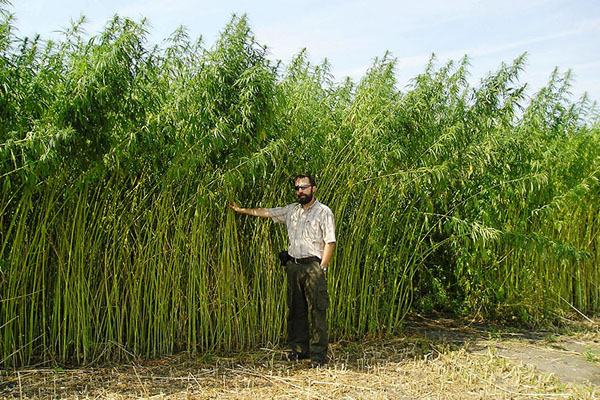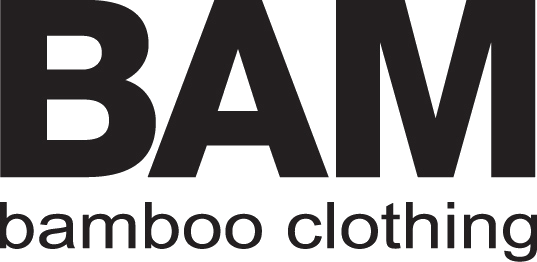Top News For Picking Bamboo Clothes
Wiki Article
What Are The Advantages Of Hemp Clothing Made From Low-Impact Fibres? Clothing For The Sustainability Of The
The hemp clothing made of low-impact fiber provides numerous environmental advantages when compared to clothes made of other materials. This includes synthetic fibers, cotton, and traditional cotton. Hemp clothing is eco-friendly. It is fast growing and requires very little irrigation, pesticides and herbicides when compared to other crops. Hemp can flourish in a variety of climates and is adaptable to various soil types, reducing the need for agricultural chemicals.
Hemp is a plant that uses less water than cotton. Cotton, on the other hand is known for its water-intensive nature. It makes hemp clothes a more efficient choice in terms of water consumption.
No Pesticides and Herbicides- Hemp can be grown without the need for synthetic pesticides or herbicides in many cases, reducing the environmental impact associated with chemical farming.
Soil Health Hemp cultivation can improve soil health thanks to the deep roots system which can help prevent compaction and erosion of soil. It also leaves the soil in better shape to allow for future cropping.
Hemp is biodegradable. It is able to break down naturally with time and reduces the amount of textile waste. Synthetic fibers like polyester, can require up to hundreds of years to degrade.
Lower Carbon Footprint - The production of hemp fibers has a generally lower carbon footprint when compared with synthetic materials. In addition, as it develops hemp is able to absorb carbon dioxide from the atmosphere and act as a carbon sink.
Hemp clothing's durability and longevity is popular. The best hemp clothing will last for a long time, reducing the need for frequent replacements, and further reducing consumption.
Hemp plants are naturally intolerant against pests. This eliminates the need for pesticides.
Hemp is versatile, as it is used in many different textiles, such as bags, clothing and accessories. It's a sustainable and fashionable fabric.
Regenerative Agriculture- Certain sustainable farming practices include hemp into regenerative agricultural systems that aim to enhance and maintain ecosystems and produce crops. This approach is beneficial for the environment.
While hemp offers many environmental benefits, its overall sustainability is also affected by other factors like dyeing, transportation and the behavior of consumers. As in all industries there are variations in the methods of production and standards. Therefore, in order to reap the maximum the environmental benefits, it's best to opt for hemp clothing made from organic and sustainable sources. Read the recommended what is it worth on hemp clothing for more examples including hemp sportswear, hemp apparel, hemp tank top, hemp sweater, patagonia work pants hemp, patagonia work pants hemp, hemp clothing, patagonia hemp pants, hemp tee shirts, hemp sweatpants and more.

What Is The Benefit Of Hemp Clothing In Terms Of Functionality And Design Than Traditional Fibres.
Hemp clothing has a number of practical and technical advantages in comparison to traditional fabrics. It's also eco green. Here are some ways hemp clothing could be a high-performance, eco-friendly alternative.
Hemp fibers are highly breathable and moisture-wicking, making hemp clothing comfortable to wear in various conditions. They aid in wicking water away from your body. This can keep you cool and dry and reduce the chance of smells and bacteria.
Temperature Regulation
Hemp clothing is extremely thermoregulatory properties. It can keep warm during cool temperatures by keeping body heat close and help to stay cool during warm temperatures when moisture and heat are allowed to go away. Being able to control your body's temperature naturally will help you not have to change clothes often.
Durability & Longevity
Hemp fibers have a reputation for being durable. Hemp clothing is usually more durable, supple and wear-resistant than other materials like cotton. The durability of hemp clothing ensures that it will last for longer, which reduces the necessity to replace them and, consequently, the impact on the environment.
UV Protection
Hemp fibers shield the skin by blocking harmful UV radiations. This can be particularly advantageous for outdoor activities as well as sports.
Biodegradability:
Hemp clothing is degraded in time. It's an excellent option to reduce the waste of textiles and its impact on the environment.
Low Environmental Impact-
Hemp cultivation is less dependent on synthetic pesticides compared to cotton. It also requires less water, which makes it an eco-friendly choice. Organic hemp farming enhances the environmental benefits.
Carbon Sequestration
Hemp plants can absorb carbon dioxide throughout their growth. This is why hemp can serve as a carbon sink to help reduce greenhouse gas emissions.
Sustainable Crop Rotation
Hemp can easily be integrated into crop rotation systems to enhance overall soil health. It also decreases the chance of soil depletion or accumulation of diseases. The eco-friendliness of hemp is improved by this sustainable farming method.
Versatility:
Hemp fibers may be blended together with other materials (such as organic Cotton or recycled polyester) to produce eco-friendly and high-performance fabric blends. This versatility lets textiles be innovative and eco-friendly.
Low Toxicity
Hemp fibres are low in toxicity by nature, and don't need chemical treatment. They reduce the environmental impact of the production of textiles.
It's important to note that even though hemp offers a myriad of environmental and practical benefits but the sustainability of clothing also depends on the dyeing process, transportation, and ethical methods of labor. To help consumers choose environmentally sustainable options it is recommended to look for clothing brands which prioritize sustainable manufacturing, transparency, and ethical business practices. Read the most popular hemp clothes recommendations for website tips including patagonia ranch jacket, organic hemp clothing, hemp button down shirt, hemp trousers, hemp cotton fabric, afends jesse dress, hemp textiles, hemp tee shirts, hemp fabric clothing, hemp jeans mens and more.

What are the main differences between Bamboo and hemp fibers?
Two different fibers, hemp and bamboo both are utilized in the production of textiles. Each one is unique and comes with its own advantages and distinct characteristic. These are the main differences between bamboo and hemp fibers. Plant Source-
Hemp Fibers- Hemp fibers are made from hemp stalks, most specifically the outer bast. Hemp is a flexible and fast-growing crop that has been used in various ways for centuries.
Bamboo fibers are made out of the pulp made by the bamboo plant. Bamboo is known as a species of grass with rapid growth and for its capacity to regenerate rapidly.
2. Fiber Characteristics-
Hemp Fibers- Hemp's fibers are extremely durable and sturdy. They are one of the strongest fibers in nature and soften each wash, which is why they're great for creating textiles.
Bamboo Fibers- Bamboo fibers are known for having soft, silky texture. They are softer and less sturdy than hemp, however they are valued for their ease of use.
3. Texture and Feeling
Hemp fabric is slightly rough and has a textured feel. This is especially true in its natural state. Although it can be an incredibly comfortable fabric, the texture is different from bamboo.
Bamboo is silky smooth and soft. It is described as having the feel of cotton and silk.
4. Breathability, Moisture Wicking and Breathability
Hemp- Hemp fibers are naturally water-wicking and breathable, which allows air circulation and moisture absorption. They can help keep your body dry and cool in hot conditions.
Bamboo fibers are also able to wick away moisture and are highly air-tight. They contain micro-gaps, which enhance their ability to regulate temperature and humidity. This ensures that you are comfortably in various environments.
5. Environmental Impact-
Hemp Hemp is a fiber that is considered to be eco-friendly due the fact that it needs very little water, grows rapidly, and has a high resistance to pests. It also lowers the use of herbicides and pesticides. It also helps remove carbon dioxide from the air when it expands.
Bamboo's sustainable nature is widely known. It is very durable, grows rapidly and requires minimal water. Certain bamboo species like Moso Bamboo, are believed to be sustainable.
6. Processing-
Hemp- Hemp fibers must be thoroughly processed in order to separate the outer bast fibers from their inner core. Processing can include retting and decortication, as well as mechanical separation.
Bamboo Fibers of bamboo can be obtained using a chemical called the viscose process. This is accomplished by using chemicals to break bamboo into pieces. If not properly controlled, this process is harmful to the ecosystem. However some bamboo fabrics use closed loop systems to minimize production waste.
7. Versatility-
Hemp- Hemp fibers are versatile and can be used in a range of uses, such as clothing, textiles, paper construction materials, and many more.
Bamboo Fibers- Bamboo fibres are utilized predominantly in clothing and textiles however they can be found in other products such as towels and bedding.
Both bamboos and hemps have benefits in terms of sustainable and distinctive qualities. Pick between bamboo and hemp according to the qualities and characteristics you're looking for as well as your preferences regarding the environment. View the top helpful site for bamboo clothing for site info including clothes made from bamboo, bamboo boxer shorts, bamboo top, bamboo dress shirt, bamboo apparel, freefly hoodie, bamboo maternity wear, organic bamboo pajamas, bamboo baby pajamas, bamboo ladies pants and more.
